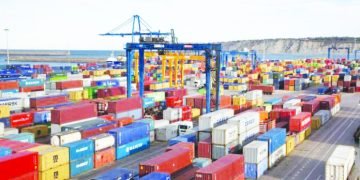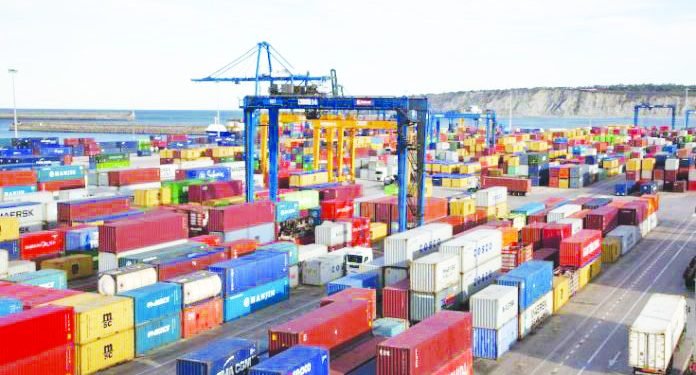By Maria Kalamatas | May 16, 2025
Abidjan —
The cranes at Abidjan still move, the ships still dock at Tema. But much of West Africa’s most strategic trade activity now happens far from the coast.
From Burkina Faso to northern Ghana, a growing network of inland freight terminals—dry ports—has begun to reshape the logistics architecture of the region. And while the transformation hasn’t been loud, it’s already shifting the power map of trade.
“In the past, everything stopped at the port,” said Sekou Diabaté, who manages a logistics firm operating between Lomé and Niamey. “Now, it just passes through.”
The idea isn’t new. But the execution is finally catching up.
Instead of relying solely on coastal terminals for customs clearance, companies are moving containers inland, using sealed transport corridors and pre-cleared shipments. In places like Bobo-Dioulasso, dry ports are processing thousands of TEUs monthly, handling everything from electronics to food imports—without the congestion or delays once seen at the coast.
The benefits are tangible. Clearance times have dropped. Storage costs are down. Cargo theft is less frequent. And exporters, especially in agriculture and mining, are gaining more control over their own timetables.
In Mali, fertilizer imports that used to take three weeks to clear now arrive in Bamako within eight days—cleared inland, away from the coastal bottlenecks. In northern Nigeria, bonded facilities are absorbing cross-border traffic from Benin and Niger with better efficiency than major southern ports.
But none of this is automatic.
Road infrastructure remains uneven. Some dry ports lack refrigerated storage or secure warehousing. And in several corridors, customs systems between countries still don’t communicate—forcing paper documentation where digital would save hours.
Despite that, momentum is building.
Private operators are investing. Governments are aligning cross-border trade policies. And multilateral agencies are funding upgrades in inland rail and terminal infrastructure. What started as a workaround is becoming the new model.
By the end of 2025, dry ports could handle nearly 40% of the region’s import and export flows. And for landlocked nations, this is more than a logistics upgrade—it’s a shift in sovereignty.
When a country no longer has to depend on someone else’s coastline to control its own cargo, everything changes.
Trade doesn’t just arrive anymore.
It arrives on its own terms.























